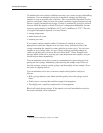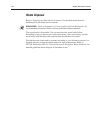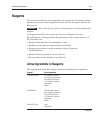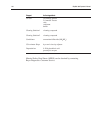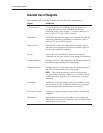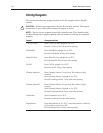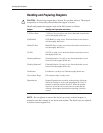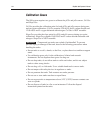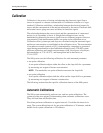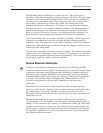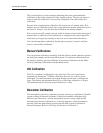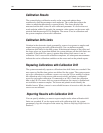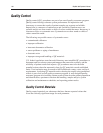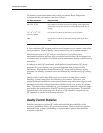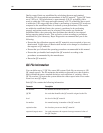
1Ć45
Learning About the System
Calibration
Calibration is the process of testing and adjusting the electronic signal from a
sensor in response to a known concentration of a calibration solution or of a gas
standard. Calibration establishes a relationship between the electrical output of a
sensor and the concentration of the analyte measured by the sensor. Electronic drift
and normal sensor aging can cause variations in electronic signals.
The relationship between the sensor signal and the concentration of a measured
analyte (or its logarithm) is linear. A straight line calibration curve can be
determined by measuring the sensor signal from two different reagents of known
concentration. Each measurement defines one point on the calibration curve.
Calibration offset (y-intercept) and slope are calculated using the measured signal
and known concentration as established on the calibration curve. The concentration
of an unknown sample (patient or QC) is determined by comparing its generated
signal during measurement to the established calibration curve. The 800 system
performs calibrations and sample measurements of pH, blood gases, electrolytes,
and metabolites at 37.0 ± 0.15°C, and hemoglobin and its derivatives at
37.0 ± 0.35°C.
The 800 system uses the following calibrations for each measured parameter:
S one-point calibration
A one-point calibration adjusts either the offset or the slope drift for a parameter
by measuring one reagent of known concentration.
NOTE:ĄĂThe metabolite one-point calibration measures the slope drift.
S two-point calibration
A two-point calibration adjusts both the offset and the slope drift for a parameter
by measuring two reagents of known concentration.
The following sections describe specific calibration features of the 800 system.
Automatic Calibrations
The 800 system automatically performs one- and two-point calibrations. The
system provides two options for determining when automatic calibrations occur.
They are fixed time and flexible time.
Fixed time performs calibrations at regular intervals. You define the intervals in
setup. The system default interval for one-point calibrations is 30 minutes, and the
default for two-point calibrations is 120 minutes.



